
Return to Old Glossop Historic Heritage Trail
From the Map you can see that on both sides of this section of Hope Street There was an extensive development of cotton mills in this area. The oldest remains can be seen in outline on the left hand side.
Between 1784 and 1791 the first mills were built in this area, on land which had previously been open meadow. Construction began with Warth Mill and Shepley Mill on the Shelf Brook. The Thread Mill was built in Tanyard Meadow in 1789, and all the mills were powered by means of gouts taken from the two streams. (Blackshaw Clough and Shelf Brooke).
HOPE MILL, TOP MILL, HIGHER WATER MILL , BARRACKS MILL, OR WARD'S MILL.
Most of the mills have had different names at one time or other; the above mill is an example, all of them are applicable. This was one of the mills that Mr. John Wood first occupied when he came to Glossop. In 1824, the year he left it, it was assessed for 5,280 spindles.
A second phase of mill building began in 1807 with what became known as the Old Water Mill on the west side of Tanyard Meadow and 13 cottages which became Barrack Row. Barrack Mill was added to the end of the cottages in 1811 and a further mill, the New Water Mill, was built in 1815 close to Warth Mill.
The area developed rapidly following the end of the Napoleonic Wars, and between 1815 and 1820 several terraced rows were built to house mill workers.
These were constructed along Wesley Street and Hope Street as well as closer to the mills along Shepley Street and Field Street (now Water Street).
WATERLOO MILL, OLD MILL, TWIST MILL, LOWER WATER MILL.
These were the various names given to a mill built on land, the lease of which dates from 1st August, 1807. This mill, as well as the "Higher Water Mill", was worked by Mr. John Wood. the founder of John Wood & Bros. Ltd. when he first he came to Glossop in 1815. He gave up the tenancy in 1825. This mill, in 1825, was assessed for 8,665 spindles. Mr. Wood named it the Waterloo Mill because the great victory of Wellington over Bonaparte had just taken place. A sketch of the Water Mill and the Thread Mill appeared on his bill heads. This mill was advertised to be sold on the 20th April, 1809, and it was described in the advertisement as being 3 stories high, exclusive of loft, 99 feet long, 31 feet wide, water wheel, etc., water right. There were also 13 houses known as Barrack Row, warehouse, two gouts or sluices from Shelf Brook, 1715 yards long.
Mr. Thomas Ward was the last occupier, but it was empty in 1831 and remained so for many years. Whilst it was empty, an exciting cock fight took place therein for £5 a side, between Cock Sam's of New Mills, and John Holden's noted cock. Threepence each was charged for admission and the fight was talked about for weeks before and after the match. John Holden was the Toll Collector at Dinting Toll Bar. In 1846, Mr. Thomas Leigh was the tenant. In September, 1851, Mr. John Newton Winterbottom took a 21 years' lease of it, at a rental of £300. Mr.T.P.Sykes then had it, and it was burned down during the time his sons were tenants-on the 29th May, 1879.


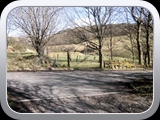 Hope Street
Hope Street
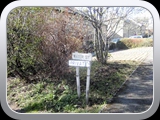 Hope Street
Hope Street
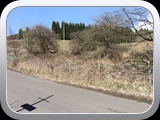 Hope Street
Hope Street
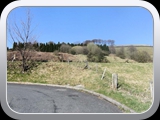 Hope Street
Hope Street
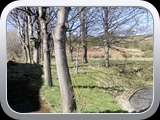 Hope Street
Hope Street
 Hope Street
Hope Street
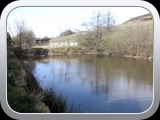 Top Mill Pond
Top Mill Pond
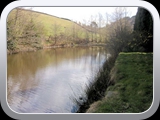 Top Mill Pond
Top Mill Pond
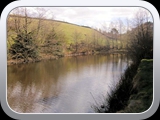 Top Mill Pond
Top Mill Pond
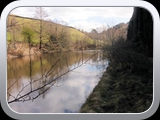 Top Mill Pond
Top Mill Pond
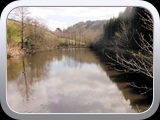 Top Mill Pond
Top Mill Pond
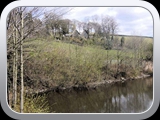 Top Mill Pond
Top Mill Pond
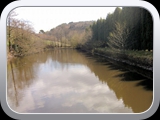 Top Mill Pond
Top Mill Pond
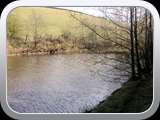 Top Mill Pond
Top Mill Pond
 Top Mill Pond
Top Mill Pond
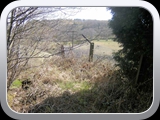 Top Mill Pond
Top Mill Pond
 Top Mill Pond
Top Mill Pond
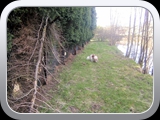 Top Mill Pond
Top Mill Pond
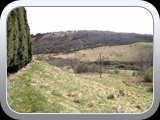 Top Mill Pond
Top Mill Pond
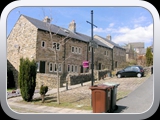 Upper Hope Street in keeping overspill estate
Upper Hope Street in keeping overspill estate
 Upper Hope Street in keeping overspill estate
Upper Hope Street in keeping overspill estate
 Waterloo
jQuery Slideshow by VisualLightBox.com v5.3
Waterloo
jQuery Slideshow by VisualLightBox.com v5.3
Return to Old Glossop Historic Heritage Trail
